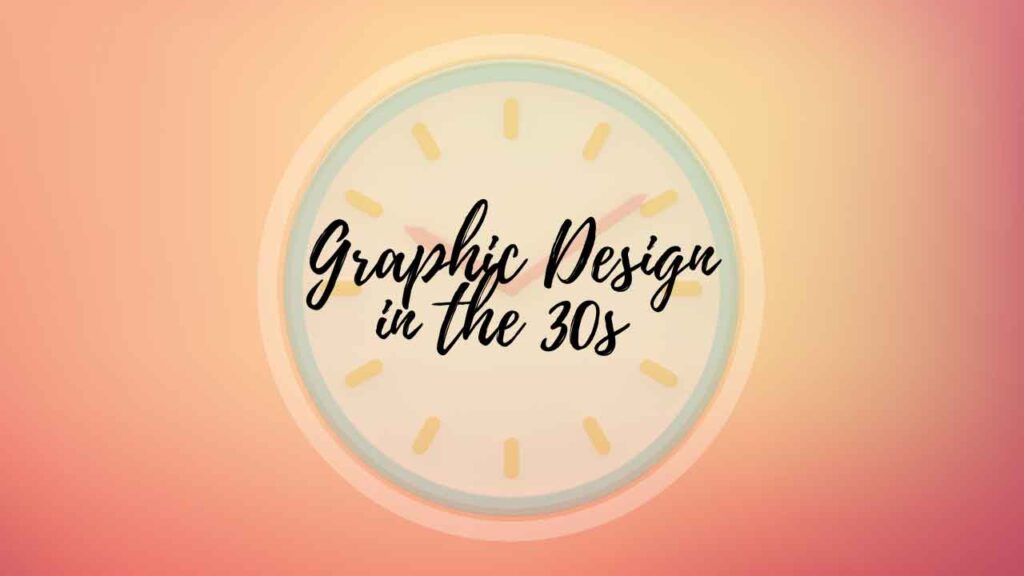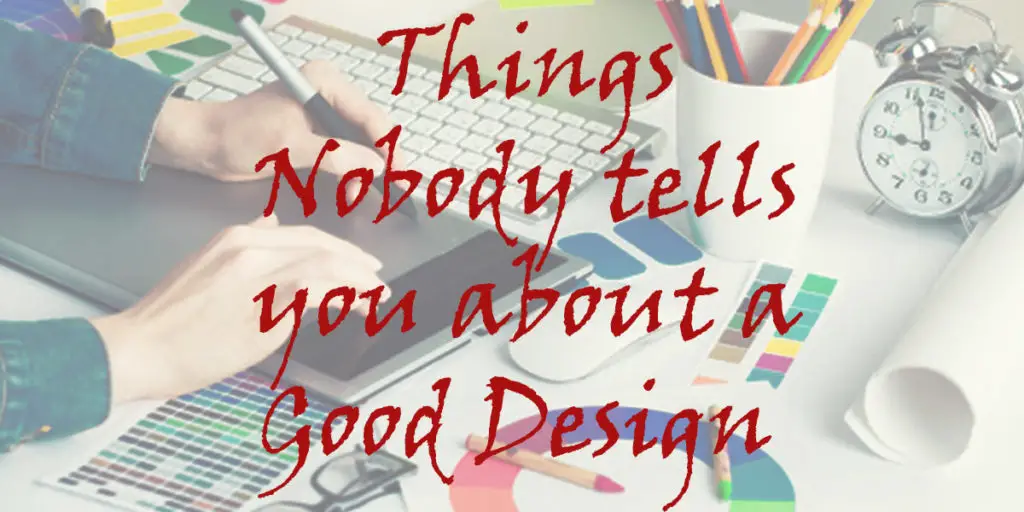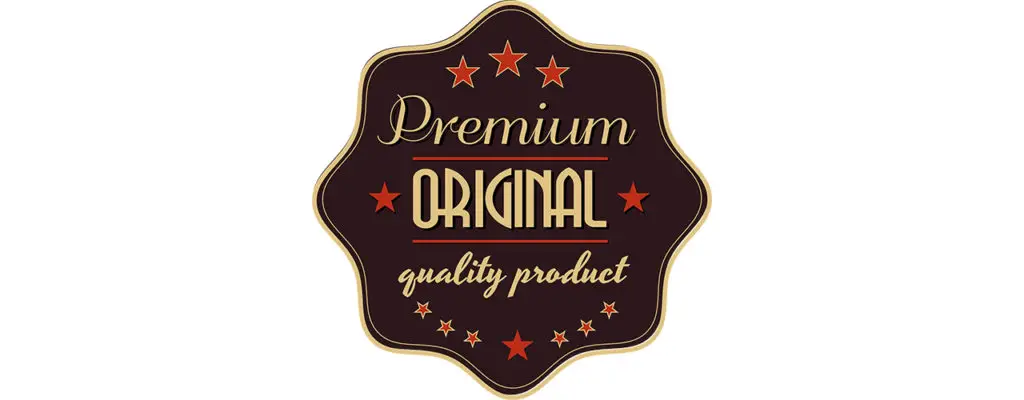THIS ARTICLE MAY CONTAIN AFFILIATE MARKETING LINKS! IN CASE YOU MAKE A PURCHASE THROUGH ONE OF THE LINKS, WE'LL GET A SMALL COMMISSION. WITH NO EXTRA CHARGES TO YOU. THANKS!!
Graphic design and communication through it have been with us throughout history: symbols, cave paintings, writing, and history. But, even though all of this is connected and has contributed to graphic design’s history, it is difficult to pick a date when it will appear as we envision it. But as for this article, we are going to look at graphic design in the 30s.
Graphic Design in the 30s
Many designers made important contributions to typography in the early decades of the 20th century, including many outside of Art Deco or the Bauhaus. Great typefaces like Gill Sans, Paul Renner’s Futura, and the Neurath-created Isotype movement were created. Jan Tschichold (1902–1974), with “The New Typography”, was, without doubt, the greatest contributor. The Soviet Union and Germany condemned the “new art”, and artists such as Bayer, Moholy Nagy, Gropius, and Moholy-Nagy had to migrate to the USA. However, conservative currents severely criticize European movements. Even though some American designers recognize the value of these ideas, others do not.
Tschichold was the principal person responsible for developing theories about the application of constructivist ideas in typography. He explained and introduced asymmetrical typography to a wide range of typesetters, printers, and designers through his pamphlet “Elementary Typography” as well as his book “The New Typography”. Symmetrical typography, in his opinion, was artificial as it didn’t give meaning to words. He supported the new principles of asymmetrical design within mathematical grids and the hierarchical distribution of information. Although many designers were influenced by his visions over the years, they were all very individual and unique. These designs were dynamic and asymmetrical, with original typographic compositions.
They also highlighted:
Herbert Matter, a Swiss-born photographer, pioneered stark contrasts in scale and the use of black and white photography. He also used symbols and areas of color.
Piet Zwart was born in 1885 in the Netherlands. He became fascinated by the stark contrasts that he could make between letterforms and the space surrounding them, to create rhythm and tension in his designs.
Lester Beall, an American photographer, highlighted the fact that he attempted to create direct and stimulating visual forms during the depression. He combined planes of uniform colors and elemental symbols to provide visual contrast with the photographer in search of informational content.
The Second World War, which was the most significant war conflict in human history, began in 1939. The invasion of Poland by German troops began on September 1. It will end with the bombings of Hiroshima, Nagasaki, and Hiroshima. The world would be split between the western bloc and the communist bloc after the war.
Many designers worked during the war periods, the first and second. They aim to inspire the people to support their country. The need to manipulate and mobilize the masses was the driving force behind the creation of the propaganda poster.
We can now highlight the famous Uncle Sam figure, which James Montgomery Flagg created.
Alexander Rodchenko, one of the most prominent Russian figures, was a clear geometric who used bold colors, clear geometry, silhouetted text, and contoured fonts to create compositions.
World War II propaganda was largely based on the first. They spoke about the importance and glory of one’s country, as well as the need for sacrifice for the common good.
The posters are now more generic, and some have a more dark appearance.







